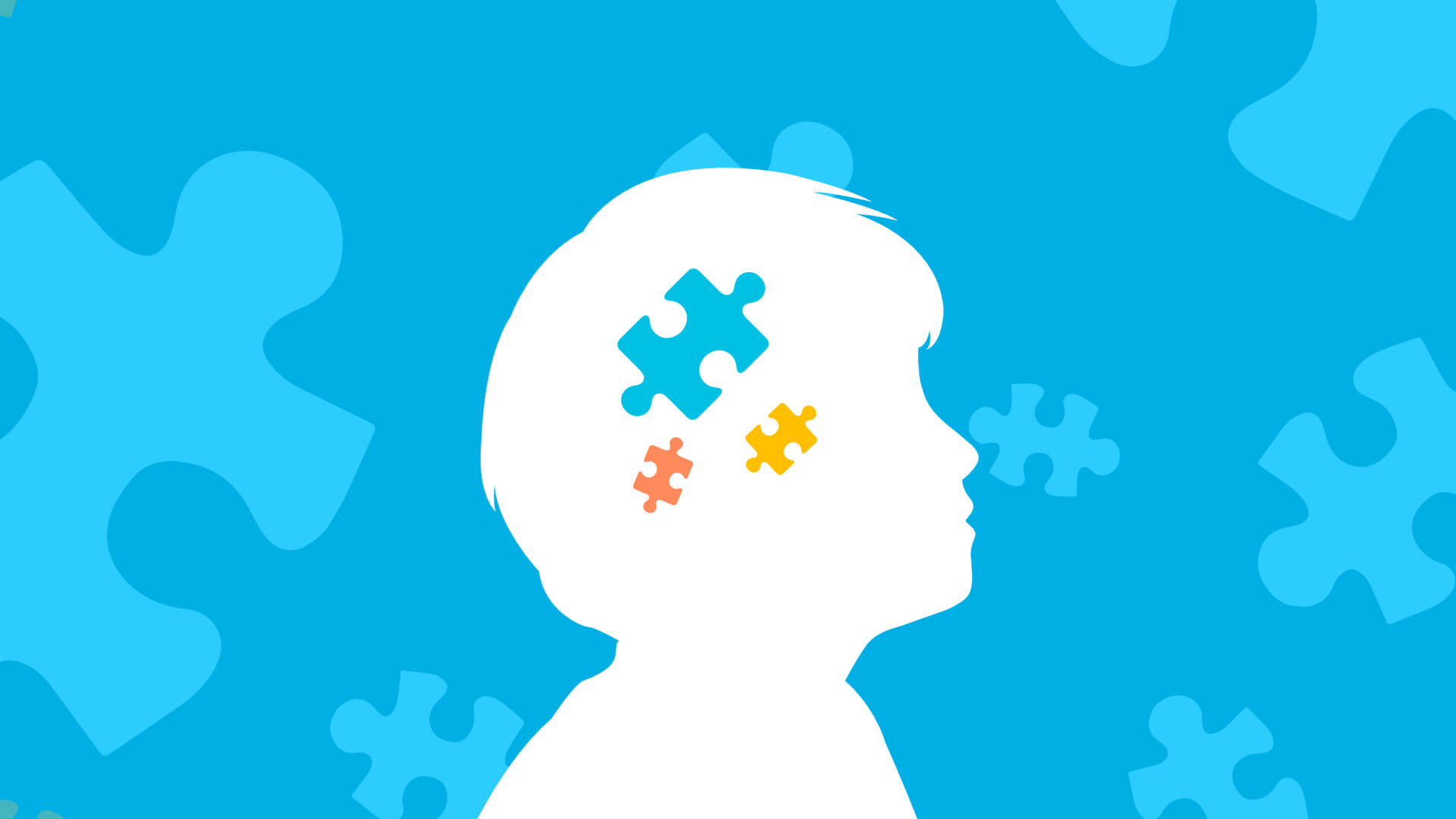April 12, 2022
Review: neurodiversity in education in 2022

Education makes up the foundation of modern society. From our earliest years right through to secondary school, sixth form and – if chosen – higher education, learning is a continual and ongoing process. It is our education which enables us to act as informed moral citizens who are curious about the world around us and eager to grow and succeed in the future.
Naturally, the way students are treated throughout this education journey can have a huge impact on everything from their self esteem to their success later in life. Neurodiversity is one area where education has fallen down historically. Today, there is a far greater awareness of neurodiversity in the classroom and the ways that “traditional” teaching methods have, in the past, excluded those who are not neurotypical.
The importance of creating accessible, creative and inclusive learning techniques cannot be understated. No student should be left behind because of the way they process information or respond differently to the world around them. Conversations around diversity must go beyond merely recognising differences within student bodies, and strive to seek ways to address that difference to ensure equal and fair learning.
So, what is the state of neurodiversity (ND) in 2022? We give a full review, considering everything from the history of ND in the classroom, milestone improvements and challenges to consider for the future. Keep reading to find out more.
Historic treatment of neurodiversity in the classroom
To look forward effectively, we must first look at how far ND has come in an education context. It was not so long ago that neurodivergent students were misunderstood and frequently treated as difficult or stubborn. At one time, it wasn’t uncommon for neurodivergence to be seen as a disadvantage. Language was often clumsy and demeaning, while some educators wrongly correlated conditions such as ADHD, dyslexia and dyspraxia with a student’s overall intelligence. In reality, it was more often the fixed, inflexible modes of teaching which put neurodivergent students at a disadvantage compared to their other peers.
Writing on his experience of being diagnosed with dyslexia in the ‘90s, Ross O’Neill says: “I was the centre of attention for all the wrong reasons [in school]. The complete focus was on my weaknesses – and none on my strengths. So naturally I left school completely deflated, feeling very insecure with no real understanding of what my strengths were.”
In a piece for The Guardian, Emily Beater speaks of having dyspraxia in school: “My teachers called me ‘stubborn’. The misunderstanding around specific learning difficulties is a twofold thing: people don’t understand their seriousness, and people don’t understand how they can coexist with excellence.” Sadly, these testimonials are not unique. For many people growing up neurodivergent, even in recent history, the education system has done more damage than it has good.
A report written on the experiences of students with ADHD by Eve Kessler found that neurodivergent children were sometimes referred to as “stupid” when they didn’t understand instructions first time. It also references the lack of sensitivity in handling support offered for those individuals, with one student referencing embarrassment hearing her name called over a school intercom asking her to report to the Special Ed office.
Neurodiversity in education today
So, what’s changed? While we’ve only looked at a handful of cases in a sea of challenges which have faced neurodivergent students historically, it’s time to look at what’s changed now that we’re in 2022.
A major breakthrough in the classroom relates to a phenomenon known as “Restorative Practice”. This is a process where conflict in the classroom can be resolved more thoughtfully. Where once a teacher might have responded in frustration to a situation, restorative practice encourages avoiding blame and approaching the conflict or difficulty with empathy. The end goal aims for all parties – whether educator or student – to walk away feeling empowered and respected. This technique has been deemed especially beneficial in equipping educators to deal with students who might have conditions such as autism, ADHD or tourrettes – all types of neurodivergence which have been historically linked to misinterpretation on the end of the educator and thus resulting in undue punishment.
Another key change in education has been increased awareness and empathy. These may sound like obvious steps forward, but they are also important. As more educators have become savvy to the presence of ND in the classroom and ways they can support those students who may not respond well to typical linear or text-based teachings, experiences have naturally and organically improved for neurodivergent students. This comprehensive journal on Valuing Difference from Kappan gives a really brilliant summary of the ways teachers are learning and adapting to improve their approach to managing an ND classroom.
Along with awareness growing amongst educational professionals, it is equally important for knowledge about neurodiversity to be shared with pupils too. In Scotland, the Learn About Neurodiversity at School (LEANS) initiative is taking steps for understanding about neurodiversity to be accrued by pupils whilst at primary school. Proactive measures such as this will hopefully instil a greater level of both empathy and togetherness between students which will benefit both those who are neurodivergent and those who are neurotypical throughout their years as they grow up. In the first few seconds of this video clip about the project from Channel 5 News, pupils’ articulate comments about neurodiversity illustrate just how positive an impact their work is having.
Another area of development relates to diagnosis. In higher education, in particular, diagnosis has lagged behind, often deemed something reserved for younger students. A careless attitude of “well, if you’ve made it this far, a diagnosis probably isn’t necessary” can be extremely invalidating as receiving a diagnosis can greatly empower individuals and allow them to cater better to their own learning. That’s why it’s great to see more and more universities providing screeners and bursaries to make accessing accurate diagnosis when in higher education easier than ever via schemes such as the DSA which can source non-medical help like Ayoa, and more.
Looking forward
Still, things are far from perfect in the classroom and there’s still much to do and achieve going forward. The pandemic has had a huge impact on education overall. In fact, a 2020 McKinsey study found that students experienced a three-month loss in learning in maths and one and a half months in reading. As Understood outlined in their 2022 ND predictions list, this may lead to a push for unnecessary screening from parents seeking assurance that their child is not struggling unduly. While screenings should certainly be given to any who require them, it’s important that panic shouldn’t filter away crucial resources from the ND students who desperately need them.
As the education sector recovers from the pandemic, and with teachers still burned out – funding, time and training will be crucial in improving the state of neurodiversity in education in 2022 and beyond.

